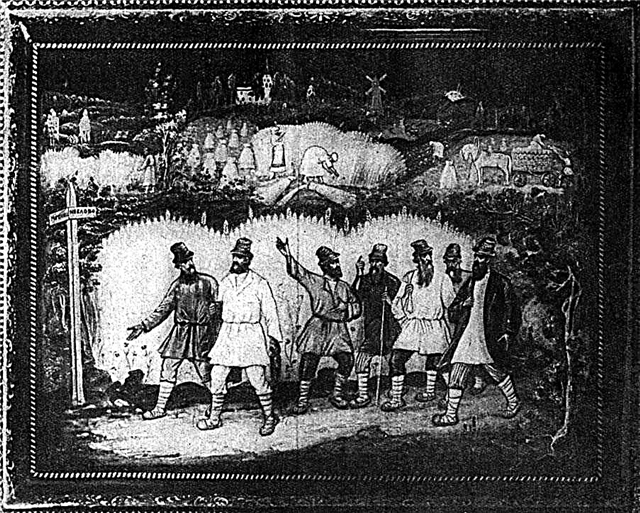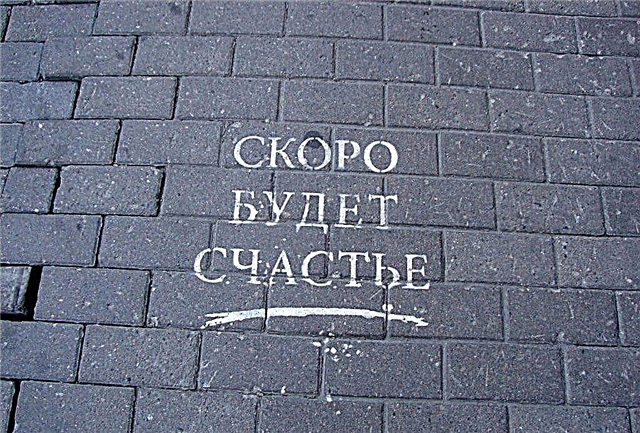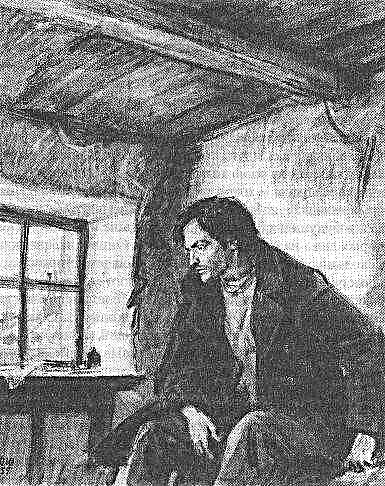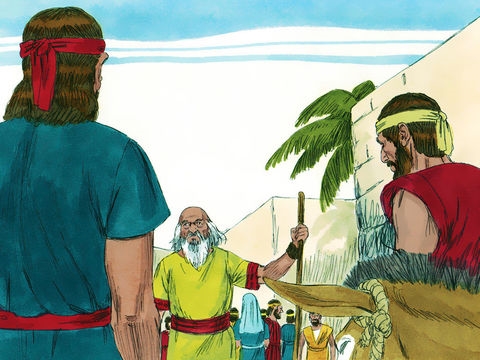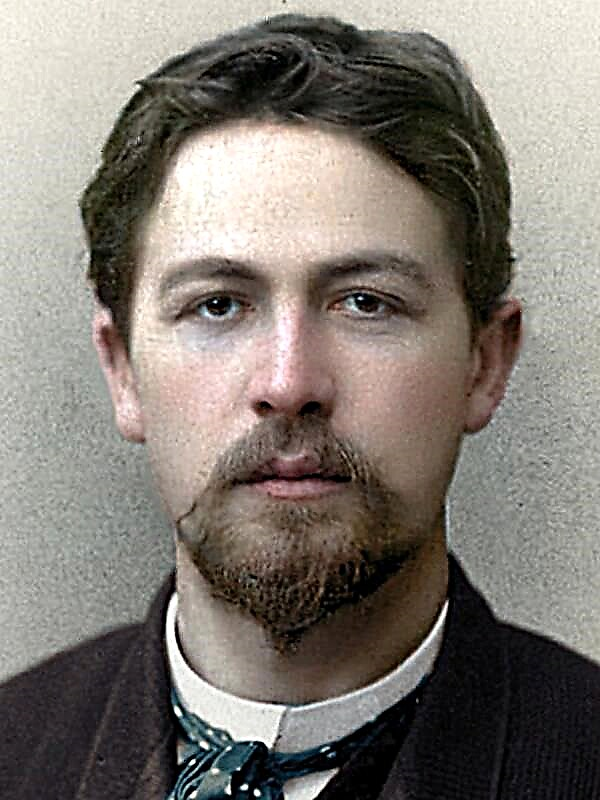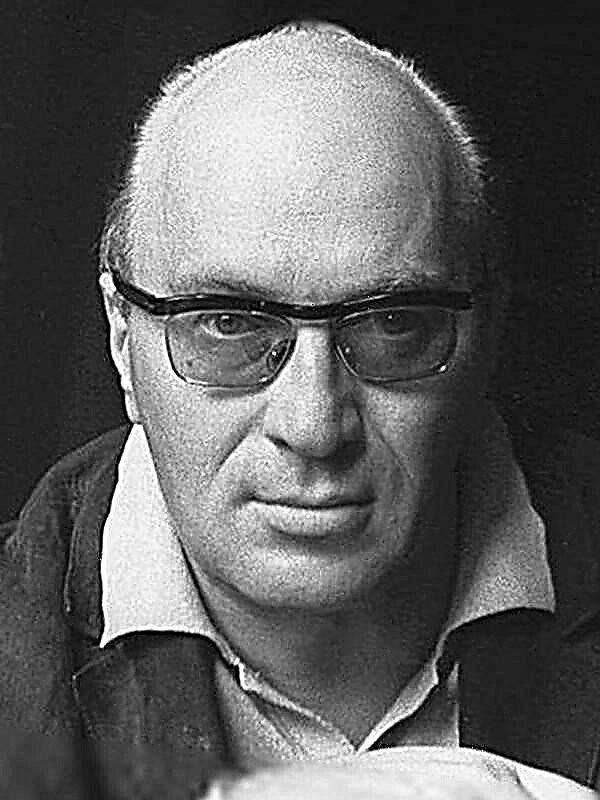Boris Leontyevich Pasternak is one of five Russian writers awarded the Nobel Prize, a recognized master of the word and undoubtedly a great Russian poet. Born in Moscow on January 29, 1890. The spirit of creativity reigned in his house. Father’s artistic talent and musical talent — mothers could not help “wake up” the love and interest in creativity of young Pasternak. His choice fell on literature. This is probably directly related to the fact that in his youth Pasternak met with outstanding contemporary writers: Mayakovsky, Rachmaninov, Tolstoy, who visited his parents' house. At the age of twenty, Boris Leonidovich wrote deep and rich poetry. Naturally, they were still immature and, as often happens, were the result of a broken heart due to the refusal of the beloved.
History of creation
The poem "Night", written in 1957, refers to the late period of Pasternak's work, when the poet lived and worked in the writer village of Peredelkino. Although his literary dacha was located in the middle of the forest, it was also not far from the capital. A comfortable house with a garden where you can work for the soul, and not for food, intelligent neighbors. A strange, rather, abnormal situation with personal life became almost familiar, passions subsided: Pasternak lives on two families who somehow coexist in an incomprehensible way in the neighborhood. Feeling great in both families, the poet spends more time with his “girlfriend”, but still prefers to work in his office.
This period of Pasternak’s life can probably be called the happiest stage of his life. And at the same time - constantly tested guilt in front of loved ones. And yet, it benefits the creation process. In that year, Pasternak wrote about forty works, including many magnificent poems.
Genre, direction and size
The poem was written not often found in Pasternak's works in size. This is a three-legged iambic.
Cross rhyme, by contrast, is used everywhere. The prevailing number of male rhymes over female. The genre combines two directions - elegy, meditative lyrics.
Images and Symbols
In the center of the poem is an image of a vast space in which sleep and sleeplessness are intertwined, forced and voluntary, where night work echoes night entertainment (night bars), train stations are noisy, and at the same time, in the silence of his solitary attic dwelling, from one understandable concern the poet is awake. And while the night "melts over the earth", there is a feeling that while a person, the one who is working, whose care is "burned by the continents", is watching the planet, life will continue on this planet.
The second quatrain is considered one of the best, and possibly the best, aphorism of Pasternak. It is cited, perhaps more often than all of his other poems. This is the conclusion about the fate of the poet, where the image of the captive of eternity and time, the artist, doomed to create and suffer, looms.
The night sky symbolizes a certain canvas on which the pilot draws his airy figures. The artist also works there, but his patterns are mental. Night in world culture traditionally means a mysterious arrival of inspiration, a time when mystical forces awaken. No wonder the poet chooses it.
The poem "Night" by critics and experts on Pasternak's work is considered strange, although to most readers, on the contrary, it seems to be one of the simplest and most accessible in all of his work. It is believed that in this poem, the Pasternak genius ascended to a special height. “Night” is Pasternak’s exit as a poet to the world level. The hero feels like a midnight pilot, comparing himself with him, and not at all with a space satellite, as it may seem to us, contemporaries of space flights (the poem was written in the summer of 1957, even before the launch of the first Earth satellite). Most likely, the author was inspired by the French writer Antoine de Saint-Exupery and aircraft from the Vnukovo airport, constantly circling over the cottage in Peredelkino.
Themes and mood
Of course, the poem points to the beginning of a new stage in the life of Pasternak as a poet. You can even declare a new level of poetic maturity. The author looks at the world from above, from under the clouds. This theme is a view from above, and not only through the eyes of a pilot hurrying along his usual flight route, but also through the "eyes" of stars and planets that "look" at restless earthly economy from an endless distance - a red thread runs through the whole poem. Through this view, the theme of incomprehensible power is conveyed. It is possessed by a pilot who has conquered the nature of man, having opportunities inaccessible to the average man. It is possessed by mysterious cosmic bodies, which are more grandiose scales than our planet. And, finally, the creator possesses it, whose mind can create and create new lives, stories and worlds.
Another important topic for Pasternak, perhaps the main one in this work: the artist’s task in the life of society. He does not fly away for clouds, if he “falls asleep”, the consequences will not be catastrophic, but he also has a duty - his service is incredibly important.
Idea
The night is always disturbing, in fact. The metaphorical vivid expression “the continents are burning” is intended to cause concern for the reader, and even understanding that they are lit with the peaceful light of street lamps does not reduce the feeling of anxiety. The interweaving of anaphora and a strong epithet: “a terrible, terrible tilt” intensifies anxiety, and only the peaceful sound of a planning airplane, familiar to a Vnukovo suburb resident, reduces anxiety and practically gives peace.
Life goes on as normal, stokers, bartenders, railroad workers, Parisian actors, an artist in his attic and an invisible pilot who took off from the Vnukovo airdrome do not sleep separated by oceans, borders and political differences. All of them are awake, working, creating, and, like the Greek Antaeus, keep the world on their shoulders, saving them from madness and collapse.
Means of artistic expression
The work abounds in trails. These are metaphors (night is melting), epithets (sleeping world), comparisons (Becoming a cross on a fabric), hyperbole (In infinite spaces), personification (Venus or Mars look), repeated anaphora (Do not sleep, do not sleep, work).
It should also be noted that the anaphora in the two final quatrains merges with the antithesis, which is especially unusual. This simultaneous use of two or more types of paths greatly enhances the impression of what you read. To enhance expression, the author also uses such a powerful expressive means of the language as a non-union nominative enumeration.

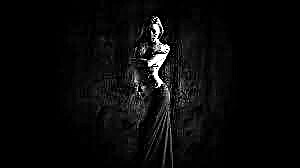
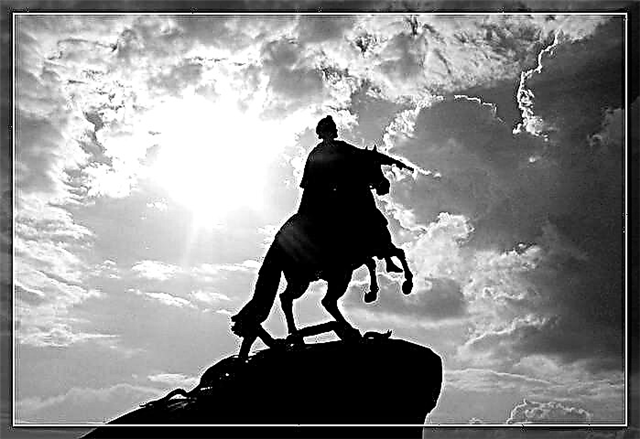
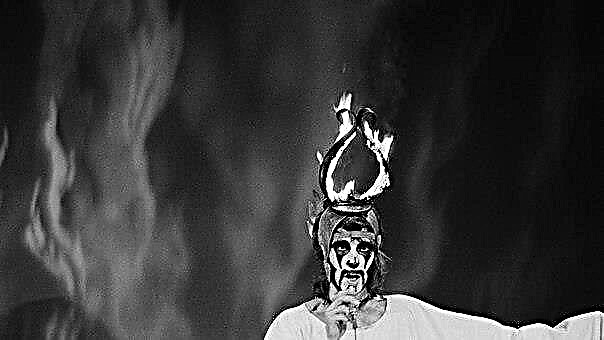
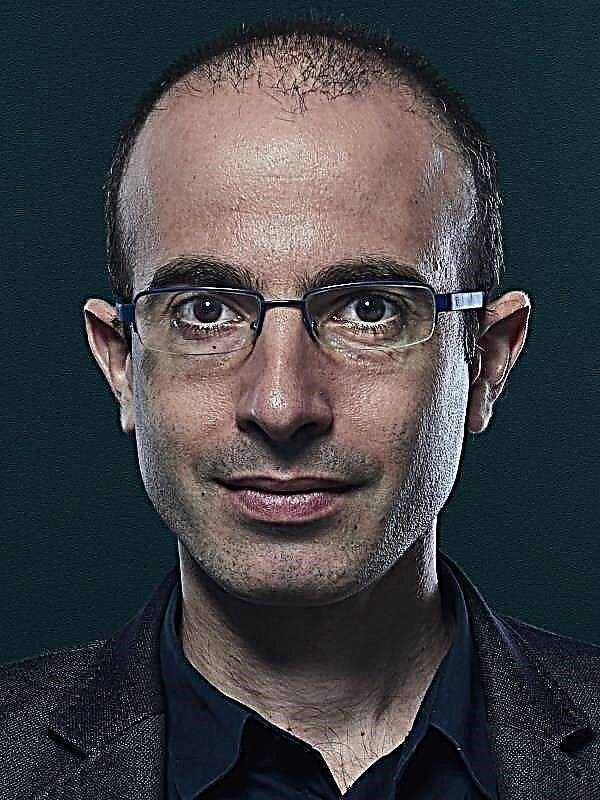 Sapiens
Sapiens